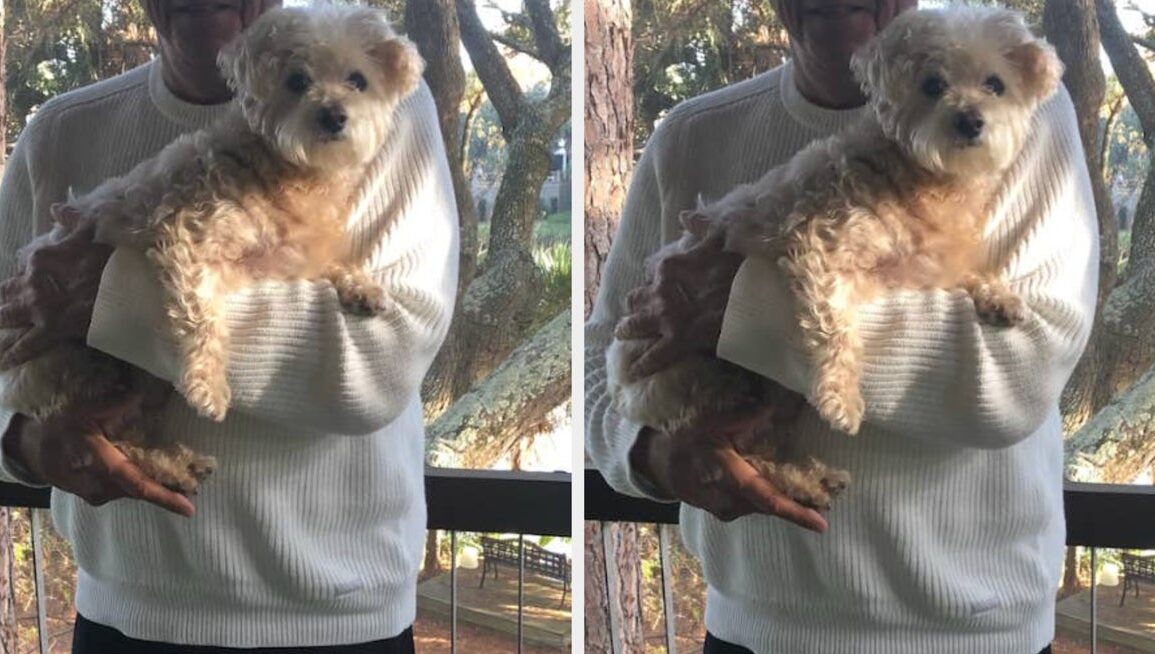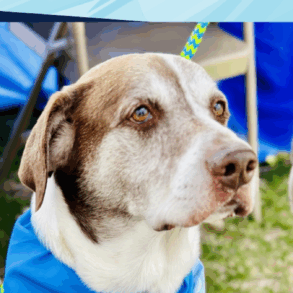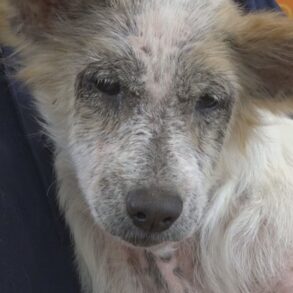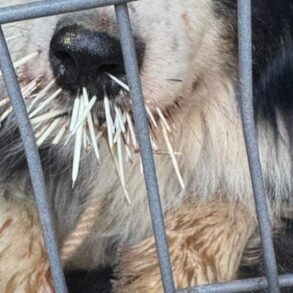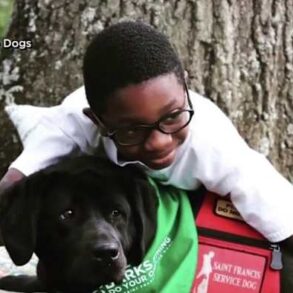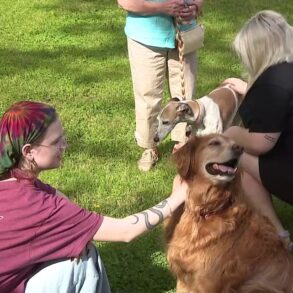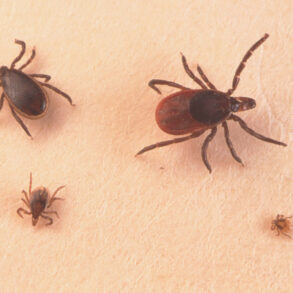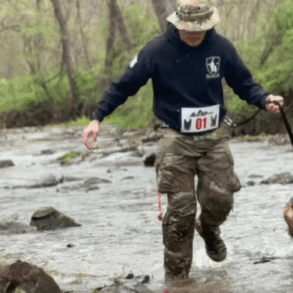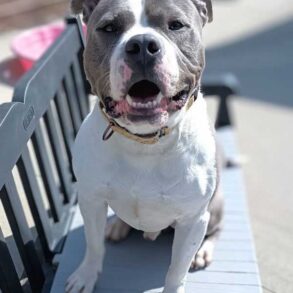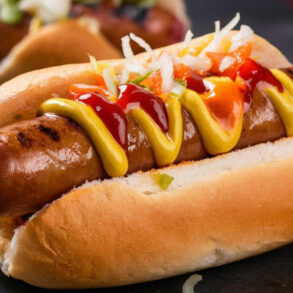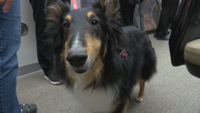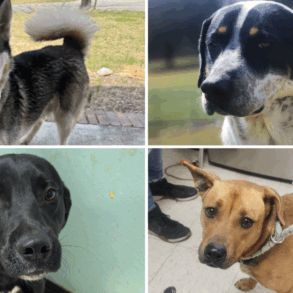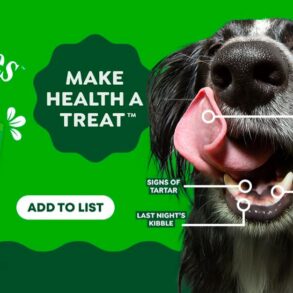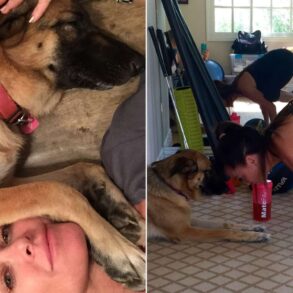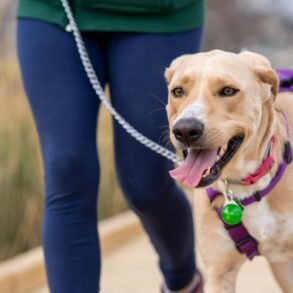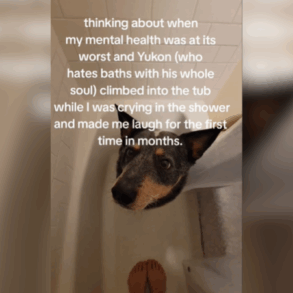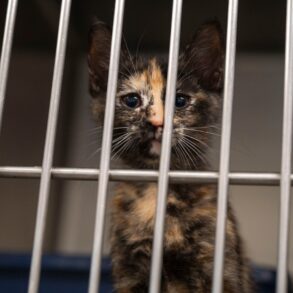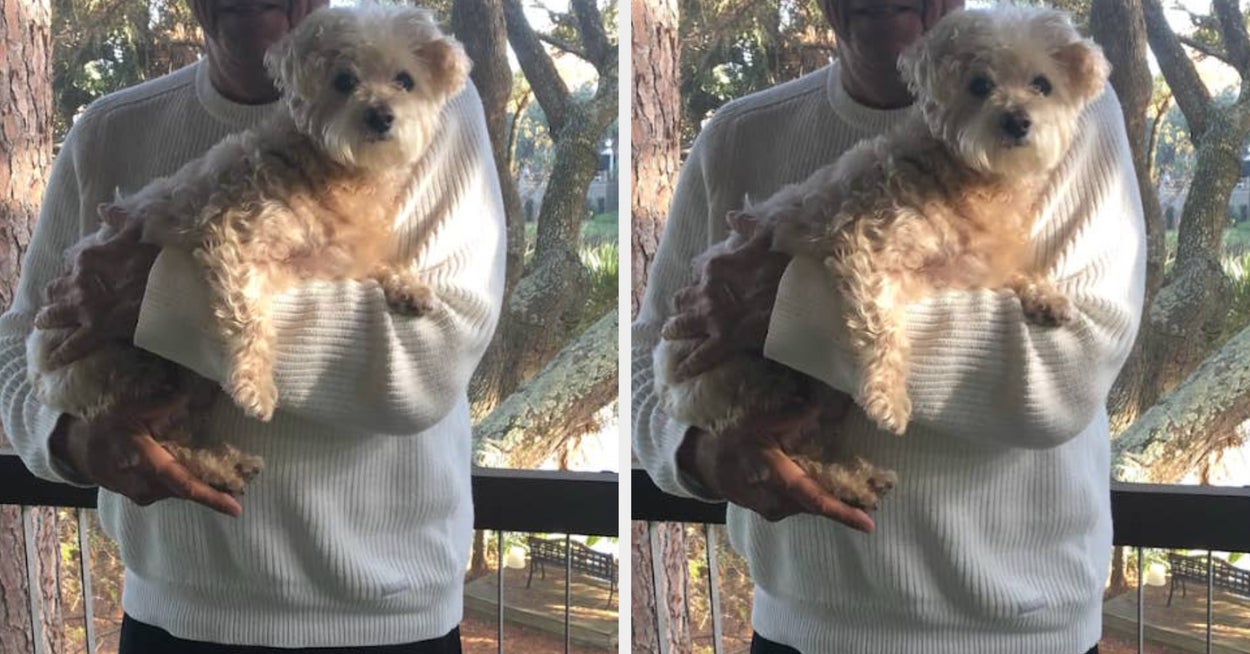
Since then, I’ve made it my mission to inform people about of what’s needed to control their pets’ oral health and how to avoid problems like infection and abscessing that can require invasive treatment or tooth extractions under anesthesia.
Most people aren’t aware that the exact same progression that leads to decay and periodontal disease in humans also happens for dogs; only the bacterial species is different. Inflammation causes the gums to swell and bleed, then comes breath odor, loose teeth and, finally, abscesses that typically require a tooth to be pulled.
But just like with humans, there’s a preventative solution for these problems — daily oral care. We know how important that is for us, but for some reason we haven’t gotten that message with our pets.
Stop brushing your teeth for one day and you feel the effects. It’s gross. Now imagine not cleaning your mouth for weeks or years, and you begin to understand what dogs experience.
The veterinary community recommends daily brushing as the gold standard, but most dog owners simply don’t do it. As much as we adore our animals, one survey found that only 7% of dog owners brush their pet’s teeth every day.
We dog lovers take great care in feeding, sheltering and vaccinating our pets but we ignore this basic and treatable health concern. Even if your dog’s teeth look healthy, it’s estimated that 80-90% of dogs over the age of 3 are dealing with some form of periodontal disease. If you think those problems are minor, they’re not. Periodontal disease can lead to health issues that affect the kidneys, liver and heart.
If you’ve ever had a toothache, abscess, infected gums or mouth sore, you know how distressing and downright painful periodontal disease can be. Some say tooth-related pain in humans, when it is severe, is matched in intensity only by acute cardiac pain or the pain of childbirth. Dogs experience pain, too, but there is a difference: they can’t tell you what they are feeling. That’s why so many dental problems in dogs go unnoticed until they are severe.
Ignoring your dog’s dental care inevitably leads to more invasive treatment down the road. Without regular at-home cleaning, your pet is more likely to need intensive procedures like cleaning under the gumline to remove hardened tartar or extractions — and those almost always require sedation, which can put your pet at risk.
Duncan lived to be 16 and had a wonderful life. Today, we have a new furry friend, Bogey, a Maltese-Westie mix we rescued off the street around the start of the pandemic. It’s not always convenient, even for me, to clean my dog’s teeth, but I do it.
This post was originally published on this site be sure to check out more of their content.




